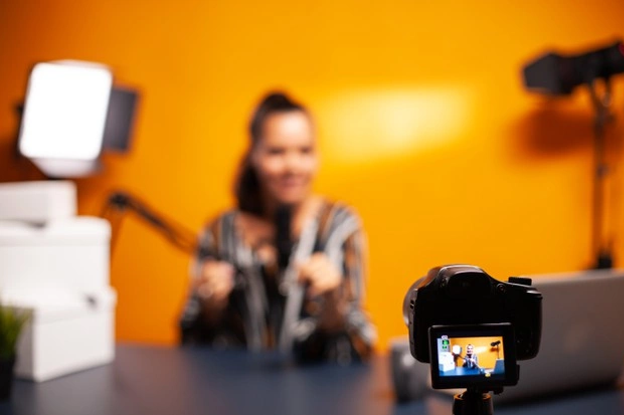What brands need to know about digital influencers and copyright

Digital influencers are becoming professionals into content production strategies for brand promotion. What seemed like an occasional opportunity to introduce a brand into an everyday situation has become a business as the needs of brands and content creators feed off each other: in a scenario where consumers decide who to follow and on what platform, brands see influencers as a clearly defined way to promote to certain audiences. For the digital influencer, it is a way to earn money with the lifestyle he or she has chosen. Several legal issues arise from this relationship, including copyrights. Who owns the content created? It is something that needs to be properly established in a contract, because according to the Copyright Law (Law 9610/98), in a situation where the digital influencer creates a catchphrase, the authorship belongs to the creator and not to the owner of the product. There are several other legal features involved in the expansion of this relationship between brands, digital influencers and audience, which has led the market to move to establish best practices. Best Practice Guides for Brands and Influencers The first institution to organize a document with this purpose in Brazil was the Conselho Nacional de Autorregulamentação Publicitária, which in December 2020, published the Guide to Advertising by Digital Influencers – Guia de Publicidade por Influenciadores Digitais–, as a response to the growing number of complaints it had been recording. In the document, a kind of manual of guidelines and recommendations, Conar defines influencer advertising based on three cumulative elements: The promotion of products, services and causes related to the advertiser. The compensation and/or commercial relationship, even if not financial, with an advertiser and/or agency. The interference of the advertiser and/or agency on the content of the message (editorial control on the influencer’s post). Conar suggests that some initiatives guide this relationship between brand and digital influencer in order to make it transparent to the follower in the content produced and published. The document recommends, for example, that the digital influencer identify when it is a paid post with the clear information that it is an advertisement, a publipost, or paid content. The guide also proposes the identification in the post when it is about receiving, giveaways, trips, and experiences lived at the invitation of a brand. Engagement actions, with promotional activities, contests, and giveaways, should be consistent with the regulation of free prize distribution. It is worth pointing out that the provisions of Conar’s guide are supplementary to the Código Brasileiro de Autorregulamentação Publicitária, the Civil Code, the Consumer Protection Code, the Brazilian Civil Framework of the Internet and the General Law of Data Protection, in addition to regulations on free prize distribution and consumer protection decrees in e-commerce. There is also inspiration in guidelines from international agencies on the subject. The American Federal Trade Commission (FTC) also has a document on the subject that provides guidance on transparency about branded content in the media of influencers and provides fines for violations. In the wake of the launch of Conar Guide, other national institutions have developed documentation with guidance on the subject, the Brazilian Association of Licensing of Brands and Characters, ABRAL, launched the primer Responsible Advertising with Digital Influencers: the Right Way to Communicate – Publicidade Responsável com Influenciadores Digitais: o Jeito Certo de se Comunicar – and Google also launched the Good Practices Guide for Children’s Online Advertising – Guia de Boas Práticas para a Publicidade Online Voltada Para o Público Infantil. We know that this relationship between brands and digital influencers, which has developed so quickly, must bring new challenges regarding intellectual property, copyright, digital law, and consumer law. It is good to count on the support of specialists in these matters so that the actions have the desired effects for the brand’s image, without unforeseen events and inconveniences along the way.